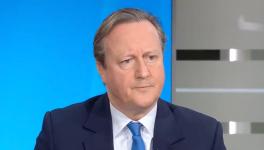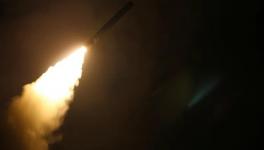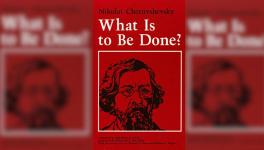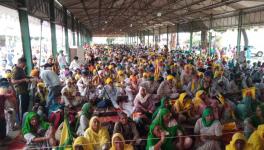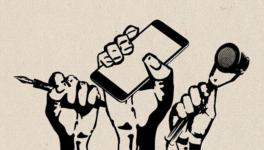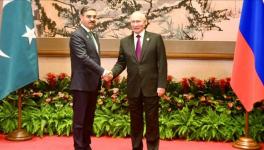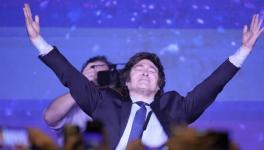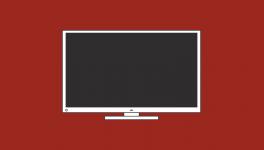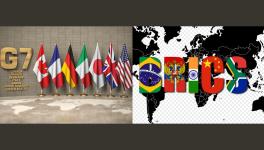Liberal Illiberalism: A Left History
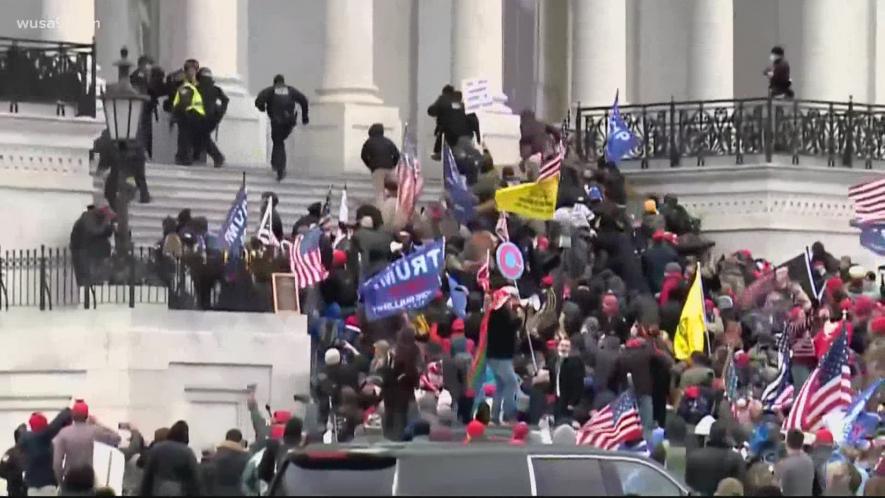
On 6 January, the seat of the modern imperial power, Capitol Hill in the United States of America, was under siege. The takeover was not a progressive one on the lines of the Bolshevik storming the winter palace of the Czar, but a regressive one. It was led by right-wing hoodlums on the prior prompting of their (in)glorious leader, Donald Trump.
The siege was the direct result of his election loss which he and his supporters were loath to accept and the election of a Black senator from Georgia, one of the strongest bases of the Republicans. Commentators belonging to the liberal fold have criticised it as an attempt to subvert the democratic process, a naked display of white supremacy, and the shifting of the ground underneath the liberal order. And it is the latter bit with which we will concern ourselves.
Right from the end of the First World War, the United States has been hailed as the guarantor of the liberal world order. Woodrow Wilson, then President of the United States, is recalled as the first political personification of it. The idea of self-determination is wrongly credited to him. Wilson’s idea of self-determination was not for the colonies of the European empires but for the defeated empires, significantly Germany. In his scheme of national emancipation Asian colonies were completely missing. Worse still, his armies invaded Mexico, occupied Haiti, attacked Soviet Russia, and handed one colony after another to his partners in war. It was only Lenin who became the first politician to espouse complete self-determination of the colonies from the clutches of European imperialism. The Third International (COMINTERN) was created exactly for this purpose. It aimed to rally revolutionaries worldwide in their fight against imperialism which was then deeply intertwined with capitalism.
On the eve of the Second World War, liberals on the other side of the Atlantic, who later became the junior allies of the United States, chose to appease Hitler through the Munich Pact. The French allowed him to march into Paris fearing the already distressed working class in the capital taking the revolutionary route of the Paris Commune. Liberal treachery was at its worst when Hitler attacked the Soviet Union. While the progressive opinion in Britain and France had put forward two basic demands: a second front in Europe to relieve pressure on the Soviets and settlement with India, the liberals chose to defer it till June 1944, reneging on the promise made to Molotov. And India also suffered harshly due to the famine which was man-made, created by the forceful diversion of grains to war efforts.
After the war, the United States emerged as the guarantor of the liberal world empire against the communist “threat”. But the order which was created was built on the yet to be destroyed legacies of fascism and conservatism. The best example of this is the post-war reconstruction of West Germany. The attitude of the liberal victors towards the emergence of the local anti-fascist committees, mainly consisting of communists and social democrats who had gone underground in their fight against Nazism, was to ignore them as allies to lay the foundations of a new kind of German state.
Instead, the Allies quickly turned to the remnants of the Nazi state to provide the basis for the new Germany. Out of the fifty-three thousand state functionaries originally dismissed due to their Nazi connections, only a thousand stood excluded and the rest were reinstated, especially in the judiciary. The Allies, especially the United States, moved ahead to repress the Left. In 1956, the German Communist Party was outlawed.
Other left-wing political alternatives offered by the Social Democrats (SPD) led by Kurt Schumacher were categorically dumped. The latter stood for complete de-Nazification and very different geopolitical orientation based on a demilitarised and neutral but united Germany. Such an outcome would have seriously undermined the type of liberal order that the United States wanted to achieve as it would not have rested on the anti-communist liberal order that it desired. Germany’s entrance into NATO, placing of NATO troops on German soil, German rearmament, all rested on the ostracisation of the German left—of all hues—and incorporation of the garrulous elements of the Nazi state apparatus. James Forrestal, the Navy Secretary to Truman’s administration, aptly described this strategy as “putting Japan, Germany and other affiliates of the Axis back to work”.
Even in the Asian theatre, the United States sided with the reactionary authoritarian Kuomintang, the far-right dictatorship of Syngman Rhee in South Korea and brought Cold War to the shores of South Asia by bringing Pakistan under military pacts. An herbivorous Non-Alignment Movement too remained a digestive issue for the US-led liberal order. A reiteration of the horrors of Vietnam might risk revolutionary overuse.
After the fall of the Soviet Union, the (counter)revolution of neo-liberalism, and Deng’s Southern Tour, the liberal order looked almost consummated. The ritual incantation of “end of history” by a Japanese American priest seemed to conclude the final rites of political and ideological alternatives to the liberal order. But that was not to be. Newer enemies were found. Political Islam was singled out as the fresh enemy not just to the liberal order, at which right-wing/conservative rodents were already gnawing, but to the values of Judaeo-Christian civilization. As the definition of the former remains contested, and UN Assembly sessions are plagued by unctuous world leaders trying to define it for the international community, the liberal order milked it to the fullest by creating a new threatening ‘Other’.
This time, the difference lay in the fact that domestic Muslim minorities were hunted along with the devastation of Muslim-majority states on spurious grounds. Unfortunately, the response to the aggression was not a politically progressive one. Terrorism became the most (in)effective form of anti-imperial struggle. The absence of a formal empire, in the form of formal colonial presence whose sinews of power and capital did not flow from the occupied territory, civilian targeting on the lines of 9/11 became the template, as opposed to the anti-colonial struggle of the first half of the twentieth century—of which India was a proud participant.
After terrorism had exhausted itself, suddenly, the Chinese dragon started breathing fire for the American establishment. Geo-political firemen (allies) were called from across the spectrum. Hidden from them was the fact that the United States was tactically riding the dragon. Servicing of treasury bills, the China price of labour at 67 cents per hour, doubling of Chinese imports and lately Chinese partnership in $25trillion e-commerce market remains, oxymoronically, open secrets. [The wage rate was 67 cents when the manufacturing boom took shape, now it stands at $3.60 per hour.]
It was not unpleasant to see the United States getting a dose of its own patented medicine, albeit in a much lower dose. The last attempt to administer the anodyne to Venezuela, Operation Gideon 2020, fortunately, failed. None wondered that the syringe would get inverted so soon.
In their missives to leading India dailies, liberals have made an interesting argument. They argue that similar protests by the Black community in the United States would have evinced the full might of the state. They are right. Liberal states are often illiberally ordered. But it is important to establish a link here with India. Our Sikh brothers and sisters have bravely defied the Khalistani barb and are proudly raising slogans reflecting the rebellious legacy of their glorious creed. Imagine if it were for the aggrieved sections of the Muslims to do so in a “Modified” India.
The author is a research scholar with the Department of World History, University of Cambridge. The views are personal
Get the latest reports & analysis with people's perspective on Protests, movements & deep analytical videos, discussions of the current affairs in your Telegram app. Subscribe to NewsClick's Telegram channel & get Real-Time updates on stories, as they get published on our website.









